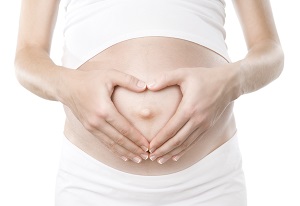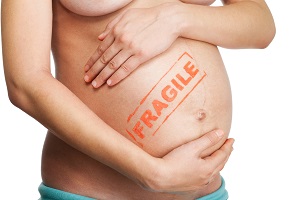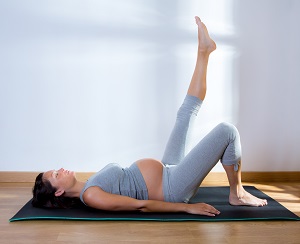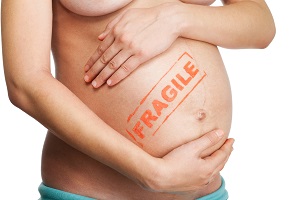A team from St. Michael's Hospital has developed a tool to diagnose iron deficiencies in pregnancy. Inside there are clinical analyzes and resources for doctors, which should make it easier to identify any shortcomings.
The researchers compared the accuracy and number of tests done with and without the tool. Traditional tests only measure the levels of ferritin in the blood, an iron-containing protein. In this way doctors can estimate what the iron levels in the body are and, if necessary, they can prescribe supplements. If left untreated, iron deficiency in pregnancy has negative effects on the health of mother and child. In the long run it can cause anemia, preterm labor, low birth weight, problems in child development. This is why it is important to identify it as soon as possible and clearly.
Unfortunately not all future mothers know this. The tool developed by the authors of the study provides guidance and support to expectant women. It is estimated that one year after its implementation, it has increased the number of tests performed at the hospital by almost 10 times.
The increased number of tests has reduced the risk of anemia in pregnant women, with beneficial effects on the health of future mothers and children. Anemia, in fact, reduces the supply of oxygen to the organs of women and the fetus, putting their correct development at risk.
Source: stmichaelshospital.com
Add a comment





